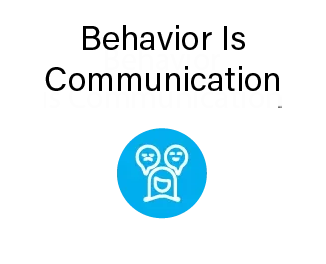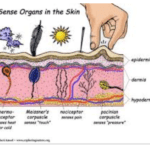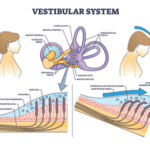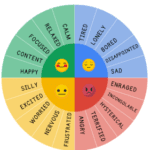
Sensory Integration and the Impact on Behavior
Sensory integration is foundational to human behavior. It allows us to take in and interpret information we receive from the environment and our body. We are all sensory beings with our own individually unique sensory systems. As we improve awareness of our own and our child’s sensory systems, we can increase our effectiveness as parents. When a child’s sensory needs are unmet and/or sensory sensitivities are overlooked, behaviors can become more challenging.
“When you understand your child’s sensory processing, you will better understand how your child makes sense of their world.” - Mona Delahooke
Each of our sensory systems require different amounts of sensory information to help participate in daily activities. To help you become a better parent detective we offer information on the different sensory systems, how they impact behavior, and ways to address them in the links below.
Disclaimer: If you have questions or concerns regarding your child’s sensory health and its impact on their behavior, please contact an occupational therapist trained in sensory integration.
















